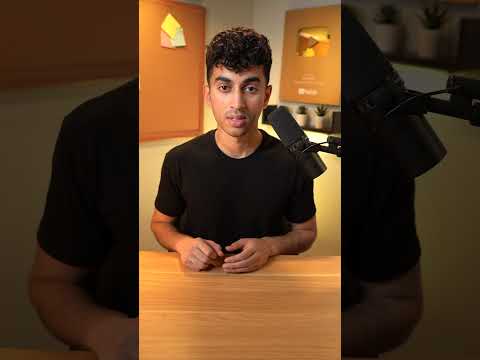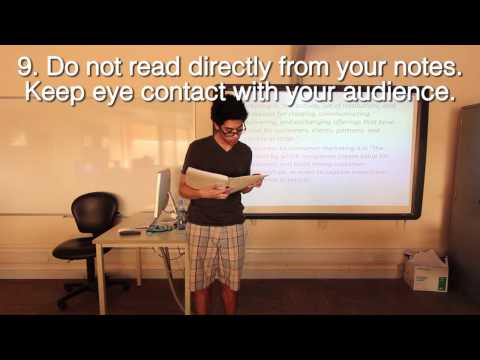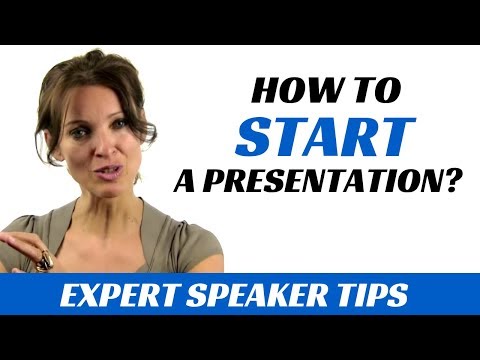Determining how long should a presentation be is not just an afterthought; it’s a strategic move to captivate your audience and drive your message home. The right length for a presentation can be a game-changer, and while there’s no one-size-fits-all answer, there are established guidelines to help you optimize your delivery. Let’s dive deep into the subject and explore what works best!

The Sweet Spot: Find Your Presentation Length
Short Presentations (5-10 minutes)
Now, here’s where the magic happens! Short presentations pack a punch. Think about TED Talks, which famously limit speakers to 18 minutes to foster concise storytelling and impactful messaging. A five-minute pitch can be your secret weapon as a startup founder, similar to the quick pitches we see on Shark Tank, where brevity can make the difference between securing funding or leaving empty-handed.
Moderate-Length Presentations (20-30 minutes)
Moderate-length presentations allow for deeper exploration. Notable leaders like Simon Sinek often utilize this timeframe to fully dive into their compelling ideas while keeping the audience engaged. This length is ideal when you need to balance thoroughness with clarity. Here’s where rhetoric is the art of persuasion comes into play:
Long Presentations (45+ minutes)
Longer presentations are the sweet spot for workshops and in-depth sessions. High-profile speakers like Tony Robbins are pros at keeping energy high and the audience invested during extended engagements. They utilize a dynamic delivery style that captivates and encourages interaction.

Why Is Body Language Important in a Speech?
When it comes to public speaking, why is body language important in a speech? Studies suggest that non-verbal cues can influence communication effectiveness significantly—up to 93% in some cases! Take cues from impactful speakers like Brené Brown, who harnesses powerful body language to make emotional connections with her audience.

Understanding Audience Dynamics: What Is Public Speaking Class?
The world of public speaking can seem daunting, but what one can learn from what is public speaking class is invaluable. These courses can empower speakers by emphasizing audience dynamics, adaptability, and effective strategies for presentation length.

What Is Stage Fright and How to Overcome It?
What is stage fright? It’s often referred to as performance anxiety and can affect anyone, from veterans like Kevin Hart to first-timers. Acknowledging what triggers this fear is the first step to overcoming it.

The Power of Visuals: Which Statement Is True About Using Graphics in Presentations?
When addressing the question of which statement is true about using graphics in presentations, the key is that visuals should enhance rather than distract. Well-crafted visuals can reinforce your key points, leading to higher audience retention.
Speaker-Centered vs. Audience-Centered Presentations
Understanding the distinction between what is speaker-centered and what is audience-centered approaches can determine the effectiveness of your message. Speaker-centered talks often become one-sided, risking audience disengagement.
Choosing the Right Public Speaking Course: What Public Speaking Course Should I Take?
Selecting the right public speaking course can elevate your career. When pondering what public speaking course should I take, seek those that prioritize hands-on practice, constructive feedback, and real-time experience.
Wrapping It Up: Crafting Your Unique Journey
Ultimately, knowing how long should a presentation be goes beyond mere minutes. It’s about mastering your craft and continuously evolving. Alongside honing your body language, overcoming stage fright, and integrating visuals strategically, every ounce of effort contributes to delivering powerful messages.
Transform your presentations by focusing on your audience, remaining adaptable, and reframing engagements as opportunities to connect. Whether aiming for a succinct TED Talk or an in-depth workshop, remember to embrace your voice and keep pushing forward in this dynamic public speaking landscape.
Your journey starts now! Embrace the challenge, and watch your speaking career soar!
How Long Should a Presentation Be for Maximum Impact
So, how long should a presentation be? Well, that’s a question that sparks a ton of debate among speakers and audiences alike. On average, the sweet spot hovers around 18 to 20 minutes. Why, you ask? Studies show that attention spans have significantly decreased, and keeping presentations concise can actually boost retention. Think of the legendary speeches that pack a punch into a short time, like certain moments in pop culture history—who remembers the tale of Tupac And Jada? Their story reminds us that brevity can still convey powerful emotion and impact.
The Science of Time
Now, here’s a fun fact: did you know that people generally start losing focus after about 10 minutes? This means if you want to keep your audience engaged, aim for that ideal duration. And let’s go down a rabbit hole—What Does immensely mean? It refers to something being enormously great or huge! Like how an engaging speaker can immensely impact their audience’s experience. Plus, the Pontificate Def serves as a reminder that while you can share insights and ideas, avoid rambling to maintain that crucial focus during your talk.
The Balancing Act
It’s crucial to balance content depth with delivery time—otherwise, risk running into a dry spell. In fact, many professional speakers enroll in an online speaking course to fine-tune this skill. Speaking of interesting communities, did you know about the Mm2 club? Members are all about mastering skills, including presentation techniques. You often find that top speakers chat about content delivery like it’s a Hibachi grill buffet—plenty of delicious options, but how much can one plate hold before it overflows enough that the audience is served up a mess?
Finding that balance can be tricky, but it’s well worth the effort! After all, remember that your goal is to inform and engage, not overwhelm. Just think about those memorable blond Actresses on-screen who know how to capture attention quickly. Ultimately, when asking how long should a presentation be, the key lies in keeping it focused, entertaining, and most importantly, respectful of your audience’s time!










